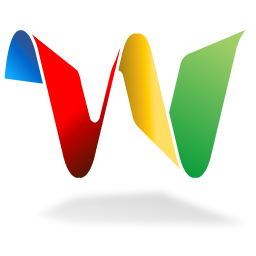 Google Wave, a new API/protocol and platform was presented on Google I/O. It’s a hosted, embeddable communications and collaboration platform that introduces quite a few interesting features that are currently either not available or require multiple service vendors/providers. It was written in Java/GWT.
Google Wave, a new API/protocol and platform was presented on Google I/O. It’s a hosted, embeddable communications and collaboration platform that introduces quite a few interesting features that are currently either not available or require multiple service vendors/providers. It was written in Java/GWT.
Google has made it clear that the protocol is going to be open and there will be open source [reference] versions of the server and client, although someone could — theoretically — write their own before that by following the specifications on the aforementioned site. Wave includes Robots and Gadgets which are server and client-side applications [respectively]. The former are automated participants for waves and gadgets are applications that run on the client and allow for new input methods. Google is also allowing for embedding of waves on third-party websites through the Wave Embed API.
This is a great project by Google, which, of course, is going to be a building block [and trojan horse] for online collaboration; viz. Google Office + Collaboration; features that might, in the not-so-distant future, render Microsoft’s workhorse [Office] dead. The fact that they are open sourcing the whole thing is fantastic news.
While the potential is there — and is undoubtedly great — I believe that we should be careful before judging how disruptive Wave is going to be in the next few years. Many technically interesting projects have withered and died for numerous reasons, sometimes political other purely business. Wave is probably going to be extremely useful for intranets from the very beginning. The reason for this is that it’s very easy to use the Wave infrastructure where a single server hosts the service. But its promise, its full potential lies in the fact that its an Open System; it might become an extremely disruptive technology for the whole ‘net. Besides replacing all sorts of pointless centrally hosted services [twitter, disqus, facebook], the Federation protocol is probably the single most impressive thing about Wave; it assures interoperability and maximises plurality without creating walled gardens. What’s more, that the protocol is open and that the code is open source means that in the future the Wave platform might evolve into a fully distributed protocol. The Openness of Wave and the Federation Protocol is the single most impressive, brave decision I’ve seen Google take and one that elevates Wave well above other similar technologies.
To the Google team behind Wave, in the words of their own Lars Rasmussen: “Thank you, thank you, thank you, thank you!” =)
